The Dragon Sets Sail
On 4th October 1655 the Vergulde Draeck (Gilt Dragon) set sail from Texel.
The medium sized East Indiaman belonged to the Dutch East India Company (VOC), and she had already completed one successful voyage to Batavia in the East Indies.
With about 193 men on board commanded by Pieter Albertsz, the Gilt Dragon completed the first leg of her journey to the Cape of Good Hope without any recorded incidents.
She was carrying a precious cargo of trade goods and no fewer than eight chests of silver coins.
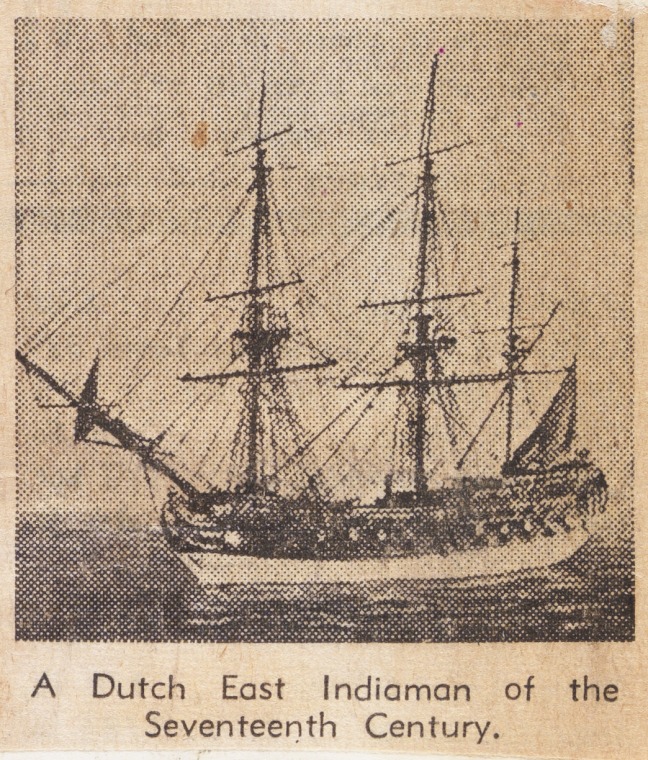 A Dutch East Indiaman.
A Dutch East Indiaman.
State Library of Western Australia – slwa_b4642755_1
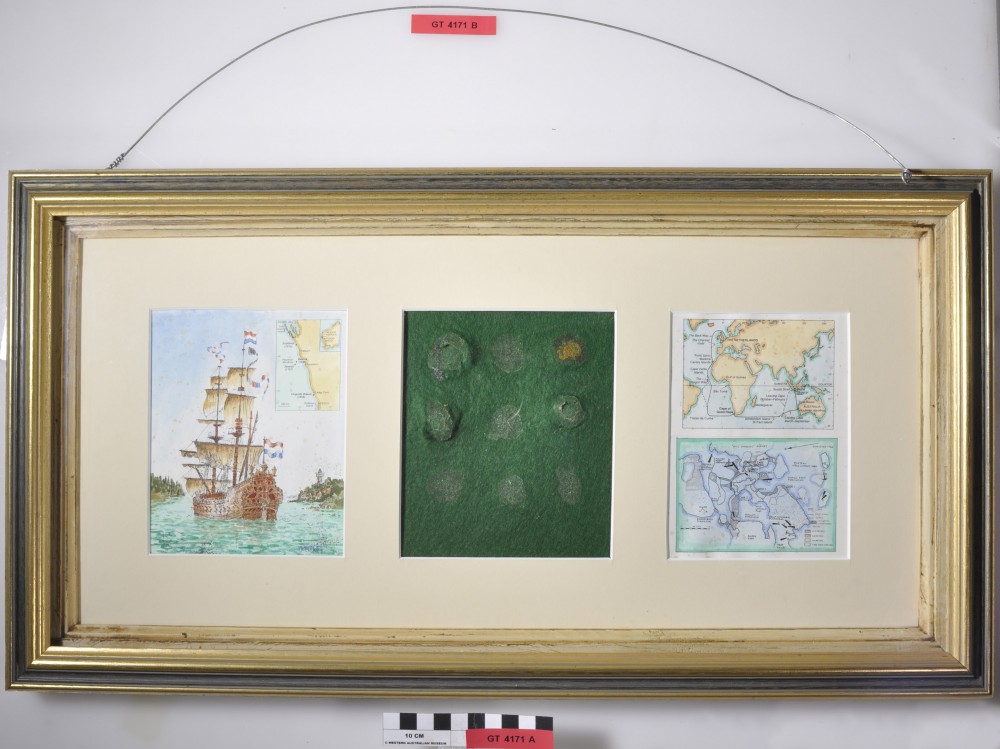 Frame w/ images/maps of ‘Vergulde Draeck’ pasted and 9 coins removed.
Frame w/ images/maps of ‘Vergulde Draeck’ pasted and 9 coins removed.
Western Australian Museum – GT04171-001 Off Course from the Cape
Leaving the Cape, she followed the Roaring Forties east towards the Southland, and then north towards her destination of Batavia – but she never made it.
On 28th April 1656, the Gilt Dragon struck a reef close to the Southland.
75 people survived the wrecking and reached the shore, including Commander Albertsz. A few provisions were also saved.
Rescue Missions
Albertsz quickly despatched men to Batavia for help. This small group reached its destination 40 days later, and the day after their arrival the Goede Hoop and the Witte Valk were sent south to rescue any remaining survivors.
Four months later, the Witte Valk returned to Batavia, having found no trace of the wreck or its helpless crew.
The Goede Hoop continued her search for a month more than the Witte Valk, suffering her own losses along the way, but still no trace was found of the Gilt Dragon.
A year later, another search vessel was sent in the form of the small flute Vinck, but she returned more unsuccessful results. By the end of this year, little hope was held for the survivors or the salvation of the Gilt Dragon wreck.
Despite this, another expedition was mounted. The Wackende Boey and the Emeloort, together crewed by 65 people and provisioned for six months, were despatched with strict sailing instructions and financial incentives depending on the success of the mission.
After suffering hardships, tragedies, and false discoveries, the Wackende Boey and the Emeloort both returned, again unsuccessful.
The Discovery of the Gilt Dragon
For nearly two centuries the documents relating to the Gilt Dragon were kept in the State Archives in Holland.
In 1931, a young boy discovered 40 silver coins in the sand-hills north of Cape Leschenault, with dates ranging between 1619 and 1655.
The coins consisted of:
- about 24 Mameita-Gins
- a Japanese coin of the Keicho period (1601 to 1685, probably prior to 1650)
- about 16 Ducatons and half Ducatons of the Spanish Netherlands ranging from 1637 to 1655
32 years later, a group of divers were spear-fishing on a reef near Ledge Point when the remains of a wreck were sighted, with objects including cannons, anchors, ballast bricks, and elephant tusks, thus clearly indicating an old wreck, and possibly the Gilt Dragon.
Please note: This story has been re-written for brevity. Read the original on the WA Museum website - museum.wa.gov.au/maritime-archaeology-db/roaring-40s/vergulde-draeck
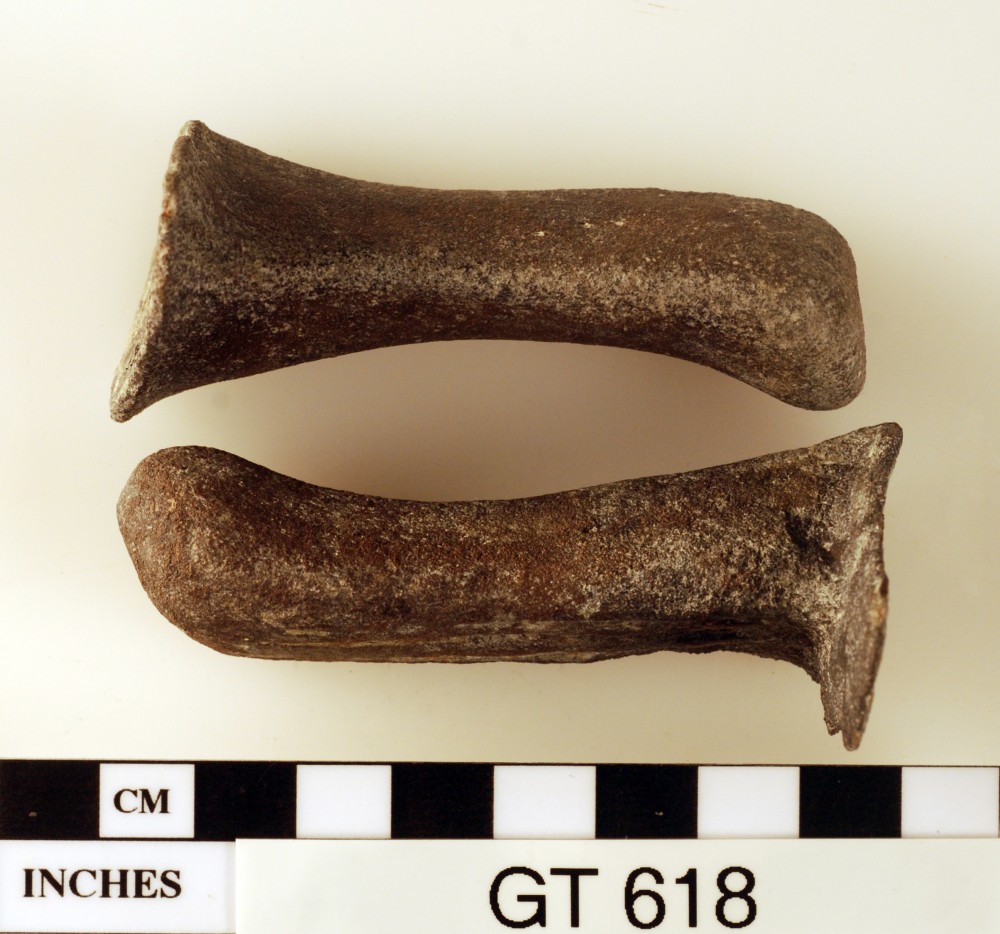 Bronze artefact from the Gilt Dragon shipwreck
Bronze artefact from the Gilt Dragon shipwreck
Western Australian Museum – GT00618-001
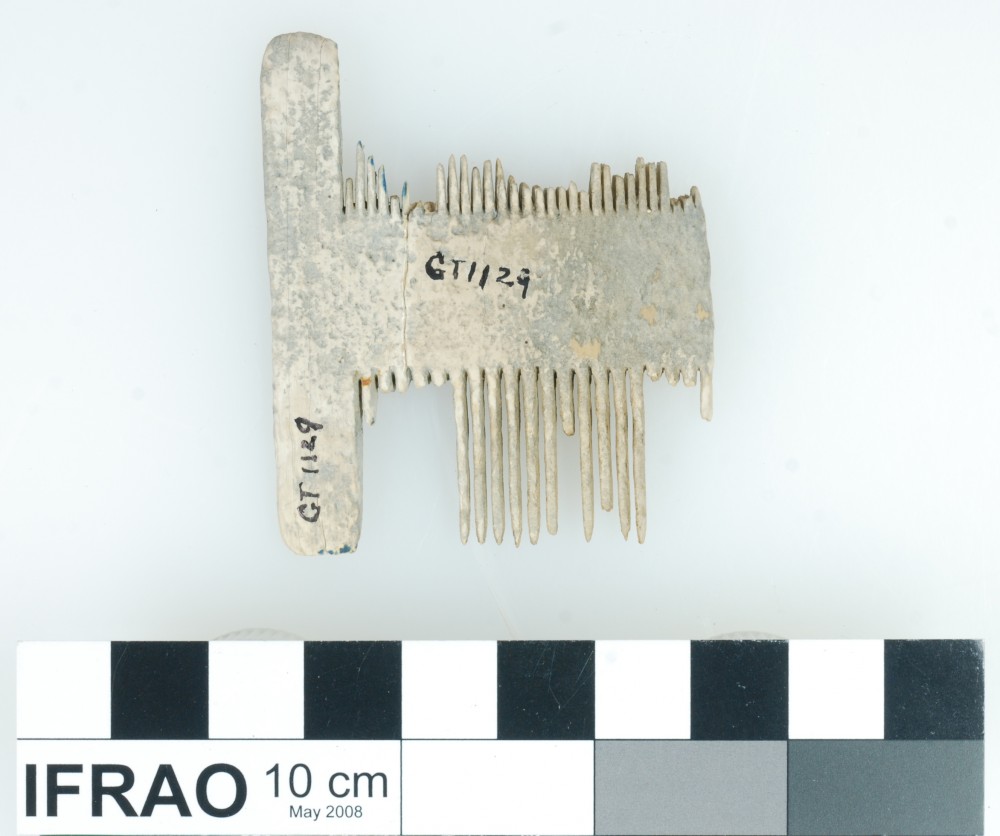 Comb from the Gilt Dragon shipwreck
Comb from the Gilt Dragon shipwreck
Western Australian Museum – GT01129-001_0
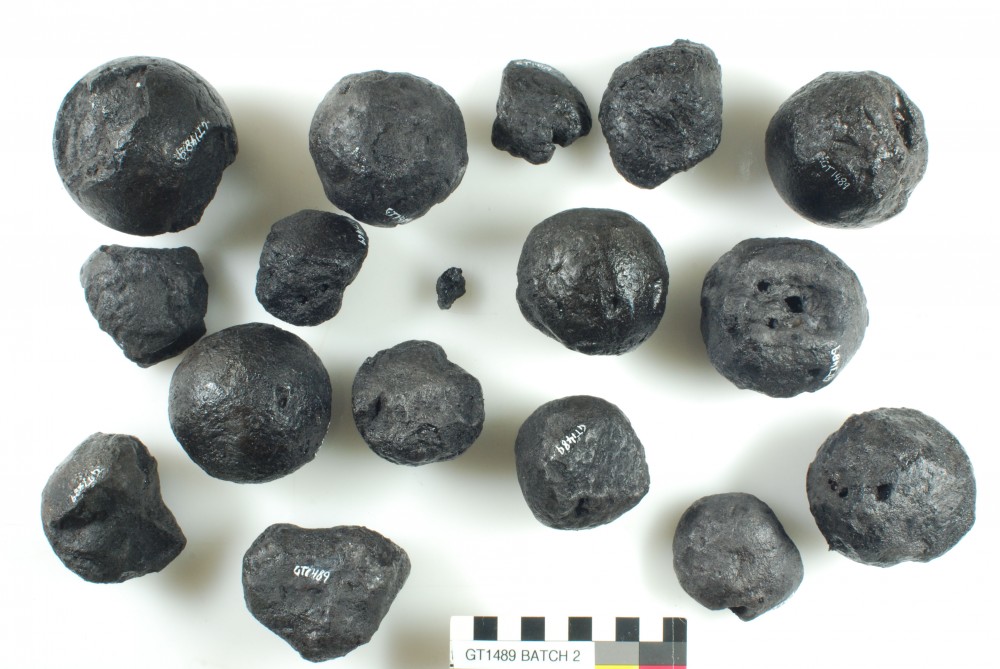 Armament from the Gilt Dragon shipwreck
Armament from the Gilt Dragon shipwreck
Western Australian Museum – GT01489-001
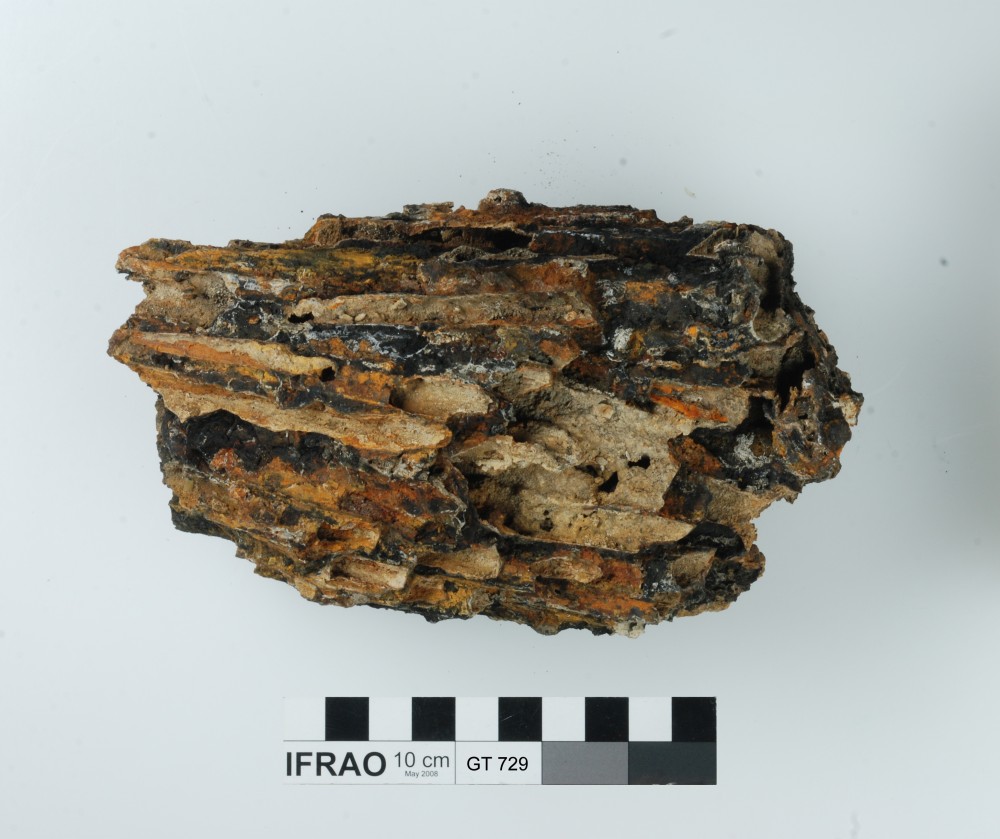 Tools from the Gilt Dragon shipwreck
Tools from the Gilt Dragon shipwreck
Western Australian Museum – GT00729A-001_0
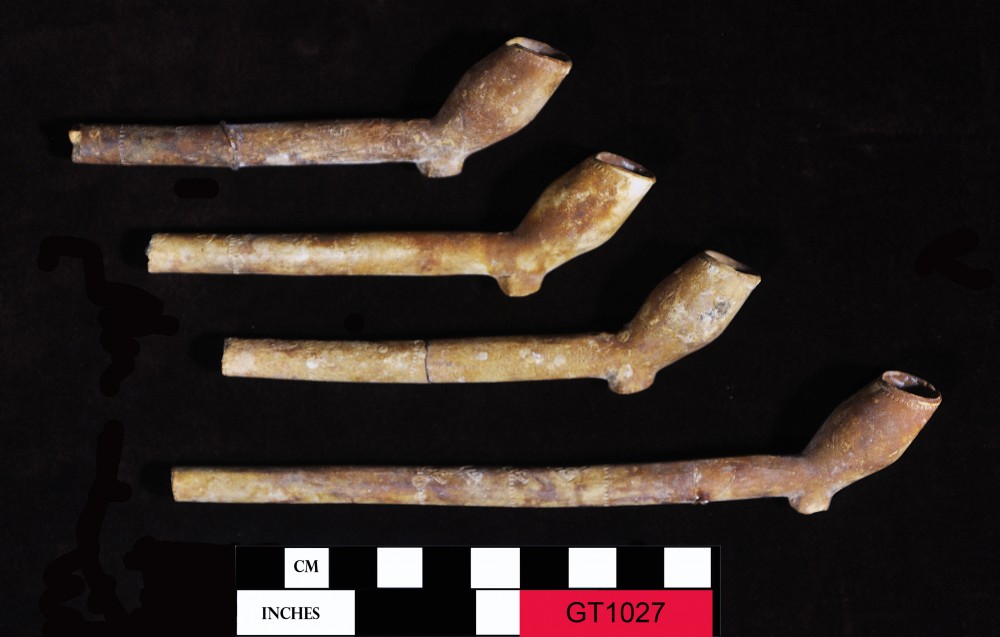 Clay pipes from Gilt Dragon shipwreck
Clay pipes from Gilt Dragon shipwreck
Western Australian Museum – GT01027-001
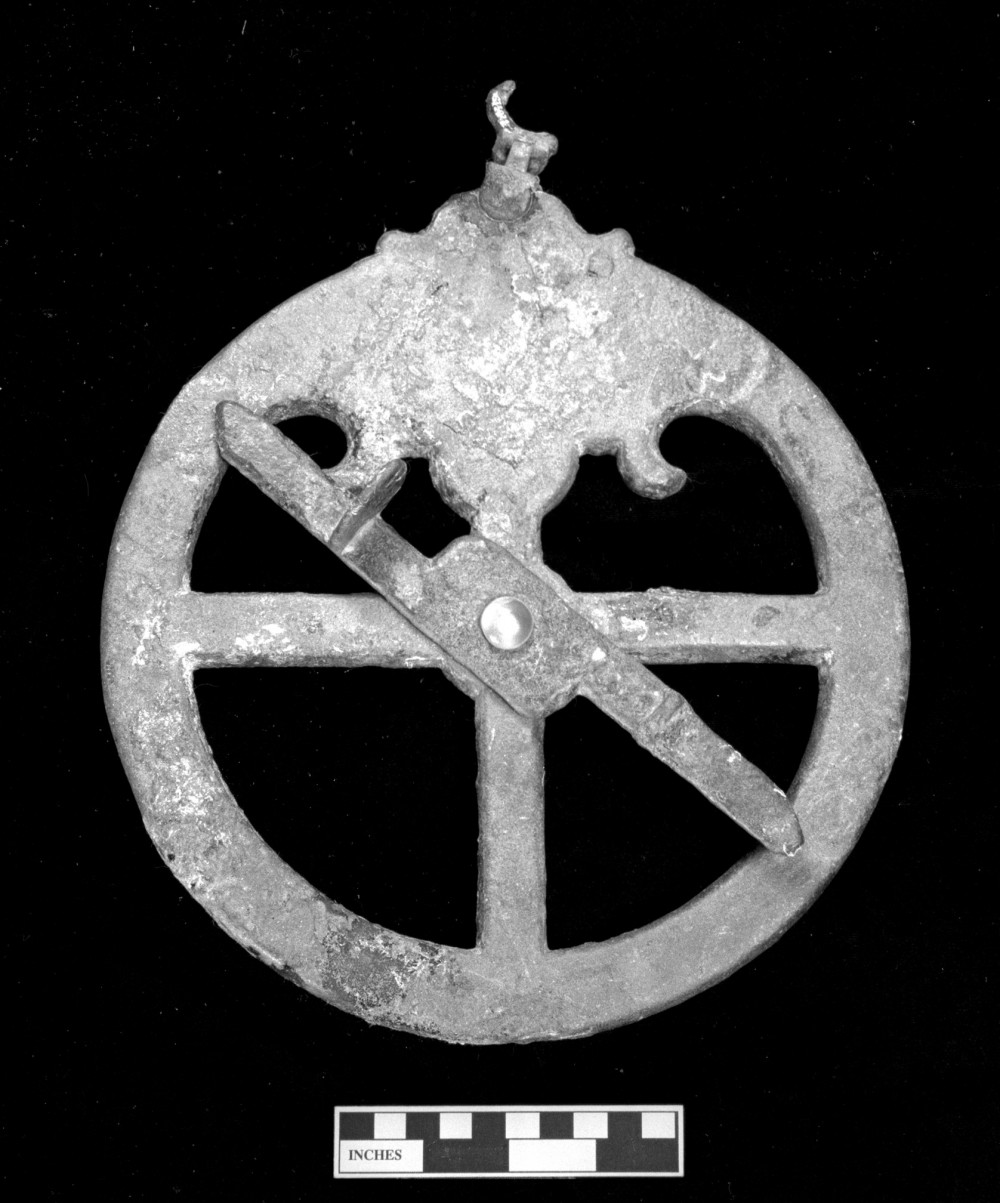 Bronze astrolable from the Gilt Dragon shipwreck
Bronze astrolable from the Gilt Dragon shipwreck
Western Australian Museum –







